The photographer Sabine Weiss, who has died aged 97, established her considerable reputation within the French “humanist” school of black-and-white photography, which aimed to capture the universal human experience through images of everyday street life. Images such as that of a horse kicking up its heels, tethered on snowy wasteland by the Paris flea market at the Porte de Vanves, or of a child illuminated only by a sparkler, are seen on a par with those created by her friends and near-contemporaries Willy Ronis, Brassaï, Izis Bidermanas and Robert Doisneau, the last of whom introduced her to his photo agency, Rapho, in 1952. Yet throughout her long career, Weiss worked across the medium, including in advertising, travel and journalism.
She opened her studio on the Boulevard Murat in Paris in 1950, across from a fellow Swiss artist who had relocated to the city, Alberto Giacometti. Weiss always insisted that she was an artisan rather than an artist. Primarily, this was because, she said: “From the start I had to make a living from photography. It was never just about the art.” However, she demonstrated artistry even in advertising. Her images of products such as cognac and perfume explored themes of evanescence and flight: scent vaporises from a well; a centaur flees the flames of ignited brandy.
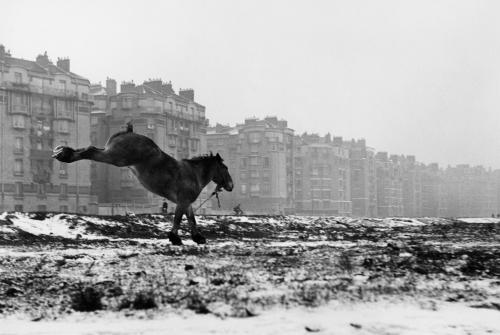
Weiss also documented avant-garde creatives, many of whom became her friends. In music they included Benjamin Britten, Stan Getz and Igor Stravinsky; in fine art, Jean Dubuffet, Fernand Léger, Robert Rauschenberg and Giacometti; the writers F Scott Fitzgerald, André Breton and Françoise Sagan; and actors such as Brigitte Bardot (whom she photographed in exceptional colour) and Jeanne Moreau.
The Rapho agency became the perfect outlet for her photojournalism and personal work; she started as one of only two women working for them. Her stories were published in Vogue, Life, Paris Match and the New York Times magazine, and she was included in the Postwar European Photography exhibition (1953) at the Museum of Modern Art in New York. She participated in Edward Steichen’s groundbreaking exhibition The Family of Man, which began at MoMA in 1955 and toured for eight years to 38 different countries.
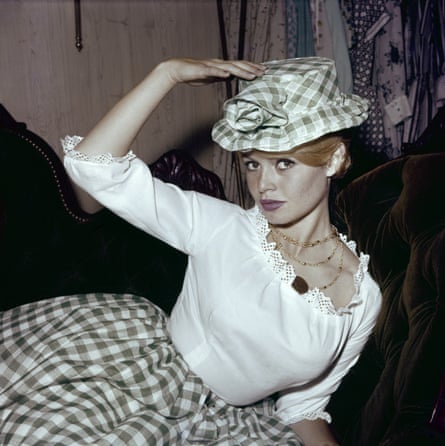
Above all, Weiss loved photographing children, with whom she had a special rapport, as shown in the books Poussettes, Charrettes et Roulettes (2000), Intimes Convictions (1989) and Des Enfants (2000). Their capacity for play fascinated her, a favourite image being Enfants sur Arbre (Children in a Tree). Shot in 1951, it depicts three boys struggling to balance atop a thin wintry tree; a younger boy attempts to prop a metal bedstead against the spindly trunk.
Born Sabine Weber in St-Gingolph, Switzerland, she fell in love with photography early, buying her first Bakelite camera with her pocket money at the age of eight, and “printing” her images by exposing contact sheets to sunlight on her windowsill. Her first mentor was her father, a chemical engineer, who gave her, she told me in an interview for the Independent in 1987, “a very practical liking for the subject”, which was “something of a salvation as I was always more visual than intellectual”.
The Weber family moved to Geneva and, aged 15, Sabine took the first opportunity to exchange formal schooling for a photography apprenticeship with the 80-year-old François-Frédéric Boissonnas. Boissonnas, whose family had owned a photo-studio almost since the camera’s invention, taught her composition, and encouraged stylistic experimentation.

In Geneva, Sabine came to know members of a French-Jewish community in exile from nazism. When survivors returned to Paris in 1946, she made her home there too. A contact introduced her to the fashion photographer Willy Maywald, whose studio assistant she became: “I worked in conditions unimaginable today – no water or telephone – but with him I understood the importance of natural light. Natural light as a source of emotion.”
She remained with him for four years, using his studio to devise commercial jobs and his darkroom to start developing her own work. Fashion gave her access to “le tout Paris”, including Christian Dior’s 1947 launch of his New Look.
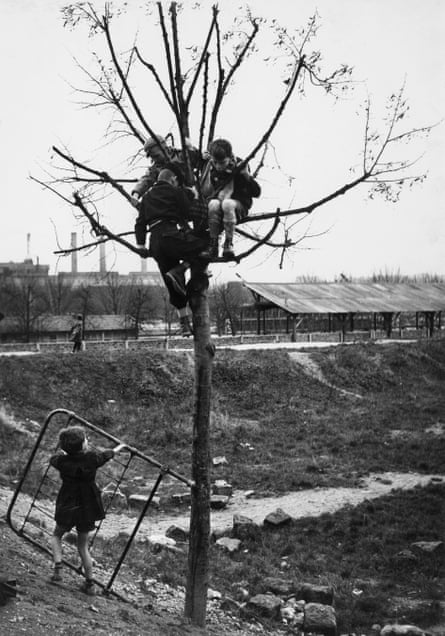
In 1949 she met the American painter Hugh Weiss, who encouraged her in the use of colour. Then, too, her fascination with line and form emerged, both in visually framing her images and in the rearrangements that could be subsequently achieved with the application of darkroom processes.
They married in 1950, and adopted a daughter, Marion. Weiss recalled it as a happy period, personally and creatively, when “a kind of national optimism” overcame the humiliation caused by the German occupation.
That year she also began working with the Armenian-Egyptian-French photographer Alban, travelling between studios in Brussels and Cairo, where the light inspired her to properly begin working in colour. During this time she published a mix of reportage and travel features from around the world in Vogue, Life, Holiday, Time and Picture Post.
Across a further 60-plus years of photographic work, Weiss’s international reputation steadily grew. More than 40 books and exhibition catalogues document her diverse interests, from grassroots theatre companies to artists’ monographs; Paris street markets and fairs to rural musicians; country profiles from Bulgaria to Burkina Faso.
In 2017, she donated her entire archive to the Musée de l’Ēlysée in Lausanne. In 2020, she won Kering’s Women in Motion photography award.
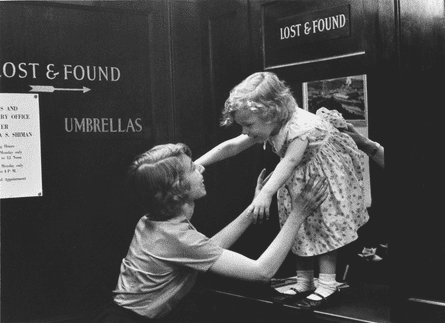
When I interviewed her, I met a warm, conversational woman, happily at home in the same studio that she had moved into when it was a hovel without electricity or an indoor toilet. Recalling how she was so poor that she traded her portraits for vegetables on the local market, Weiss still looked back with gratitude and affection. She said it was the people she came to know through her photography that pleased her most, “whether on street markets, in famous galleries, or working at Printemps”.
Yet when I asked why she thought her most-reproduced non-commercial image was of the horse bucking itself free of its tether, she said: “That one, to me, is a portrait of solitude. My world, as a photographer, has to be about loneliness. And so it is I’ve learned to love solitude as well as all the rest.”
Hugh died in 2007. Weiss is survived by Marion.
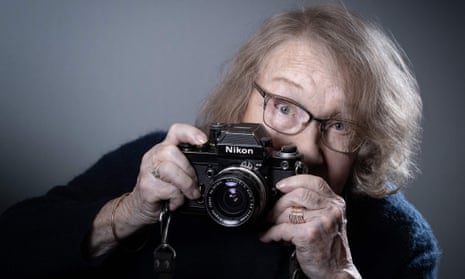
Comments (…)
Sign in or create your Guardian account to join the discussion